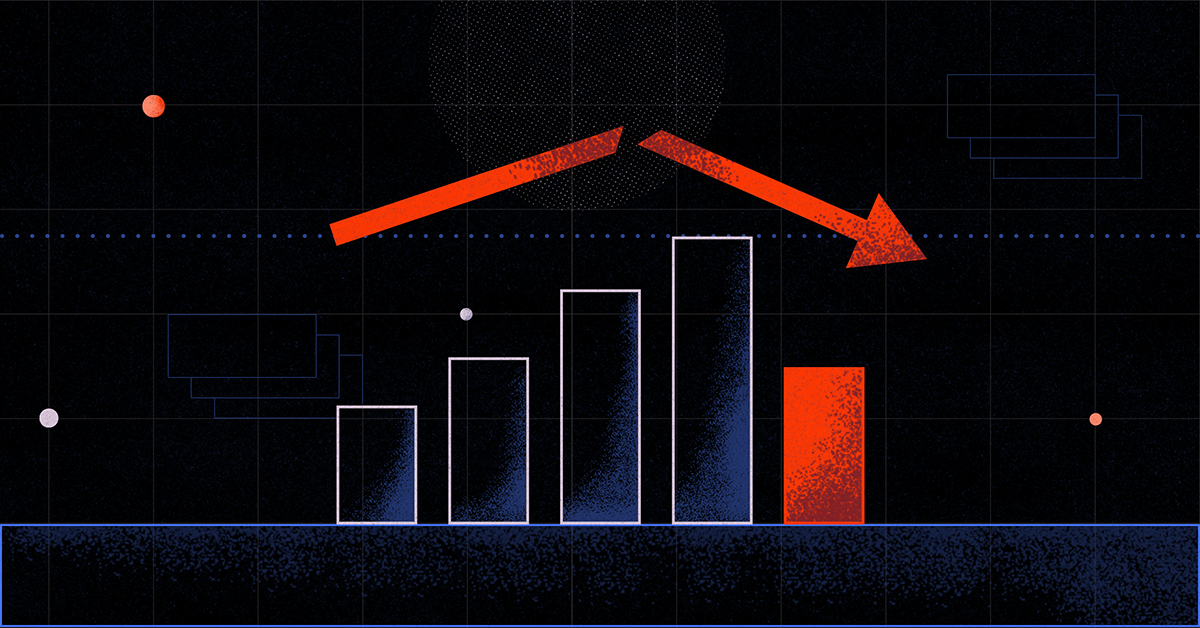
Recession. It’s the word on the tip of everyone’s tongue, conjuring up bad memories of the millennium dot-com bubble, the 2007-2008 housing crisis, and the pandemic-induced shutdown.
Now, amidst persistent inflation and the “great resignation,” most everyone is feeling a financial pinch. If you are a leader in business and technology, you may be currently guarding against economic downturn, and yearning for the promise of steady growth.
Uncertain times may be upon us, but there is no reason for you to be uncertain about how to make proactive business decisions. Informed decision-making starts from a place of complete data transparency, and data lineage is the way to get there.
Proactivity with Data Lineage
If you are new to data lineage, here is a quick definition: automated data lineage software can provide a complete and comprehensive overview of all your data flows, sources, transformations, and dependencies.
So, how can data lineage help you position your business to achieve its top priorities in a difficult market?
C-suite executives must ensure that they are maximizing their resources to their fullest potential. You likely know which departments are demanding more resources than your budget can allow, but now more than ever, you need any decisions to be supported by hard data.
Data lineage mapping supports three key areas where data can make a huge difference: automating tasks efficiently, improving business intelligence, and managing cost trends.
Automation – The Key to Efficiency
According to a recent webinar hosted by Gartner on how companies can prepare for an upcoming recession, back-office automation is considered the most valuable technology investment to offset inflation. Mckinsey adds that nearly 90% of C-suite executives don’t feel they have adequate digital skills in their workforce.
Meanwhile, research from Deloitte tells us that “The cost curves for labor and technology are going in opposite directions; while labor [costs are] going up, technology costs are rapidly decreasing … Align[ing] human capital with advancing digital capabilities [and] co-investing in talent and technology can be a powerful partnership.”
Data lineage can provide crucial guidance on how to incorporate manual and automated labor in the most effective and efficient way. MANTA takes the most expensive and time-consuming elements of that process and automates them. Between the reallocation of resources and the time saved with automated data lineage, you can responsibly and appropriately budget the initial phase of implementation.
Prioritizing Business Intelligence
If you have come to the conclusion that automating certain processes is a safe bet for wise and aggressive reinvestment, one question remains: How do you decide which areas to automate first?
An in-depth analysis by KPMG offers: “In recessions companies invest in labor-saving technology. But do you know which tasks to automate first to get the biggest payoff? Do not guess.” KPMG advises analyzing existing data such as audit trails.
This is where data lineage comes into play; it can help identify areas of profligate spending that can be automated by telling a complete story of your costs vs. revenue.
For example, one data lineage visualization might show you that 1% of your accounts payable invoicing was inadvertently flowing into a data silo that, due to manual error, wasn’t being archived properly. Incomplete or inaccurate records would cause problems during an audit and add needless costs. One look at your data lineage could lead you on the path to invest in AP automation, saving money by reducing costly human error, eliminating unnecessary employment costs, and increasing cash flow by speeding up approvals.
Saving Money Today and Tomorrow
Data lineage can also help analyze cost-saving trends through the comparison of historical revisions, and limit future expenditures by mapping both direct and indirect dependencies.
For example, if your company begins automating some elements of tech support, you can compare how many opened tickets transformed into resolved tickets both before and after the automation, as well as how many unresolved tickets led to customer churn. Data lineage can help you assess your automation success through specific parameters.
Similarly, data lineage can show you if customer PII is flowing to secure or unsecure data lakes, or if updating your records caused previously unseen downstream impacts. By instantly alerting you to critical new data flows, data lineage can support regulatory compliance so you don’t face hefty fees or open yourself up to legal action.
In Conclusion
Data lineage helps manage the effects of a recession in two big ways: by visualizing areas that can benefit from automation, and by automating much of the lineage process itself. Deloitte emphasizes: “Automation of real-time identification and connection of metadata, as well as the visualization of data lineage, will enhance many data intensive reporting processes in your organization, while also significantly reduc[ing] the costs associated [with] it.”
So, if you are ready to think proactively about managing the effects of a recession, take advantage of data lineage from MANTA today.